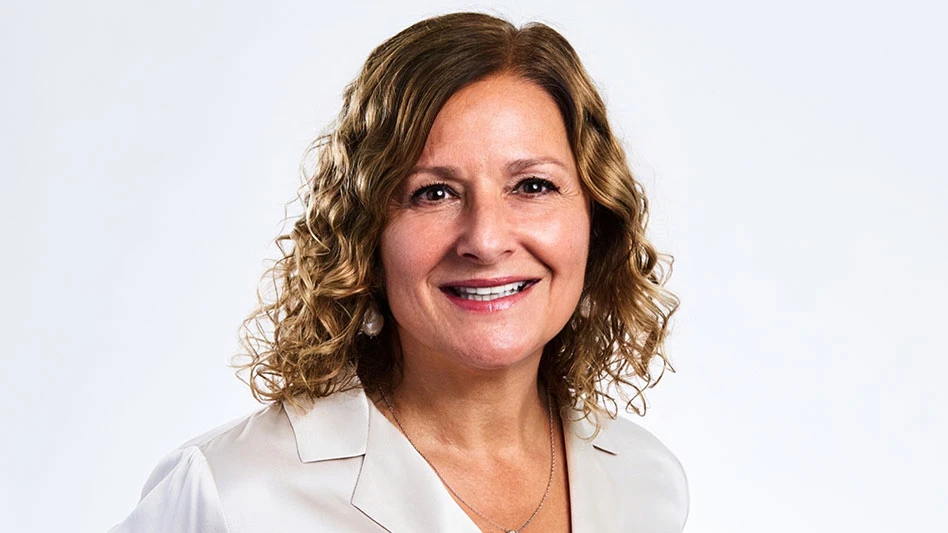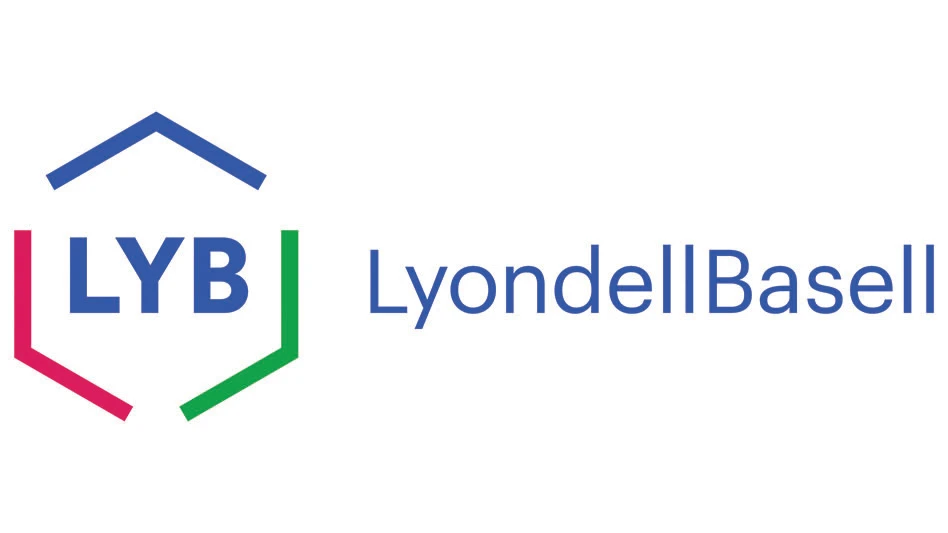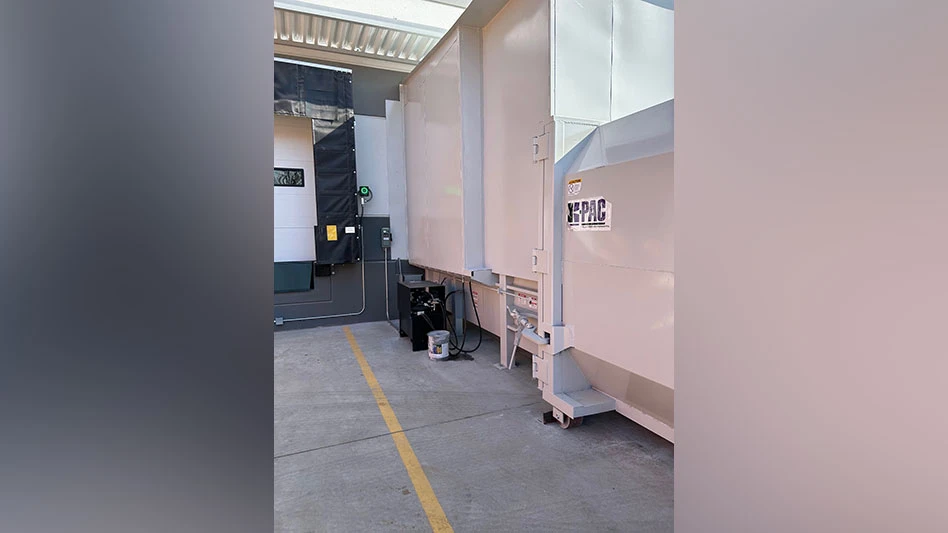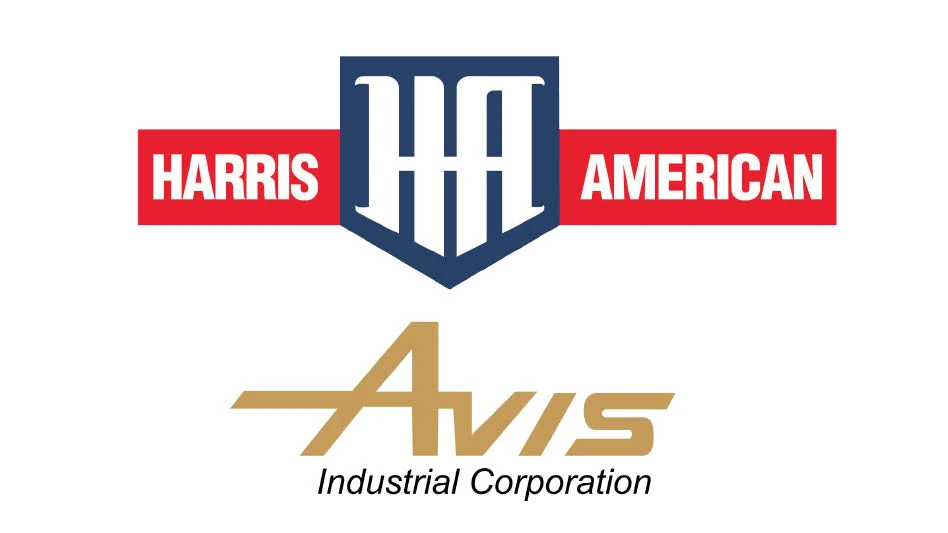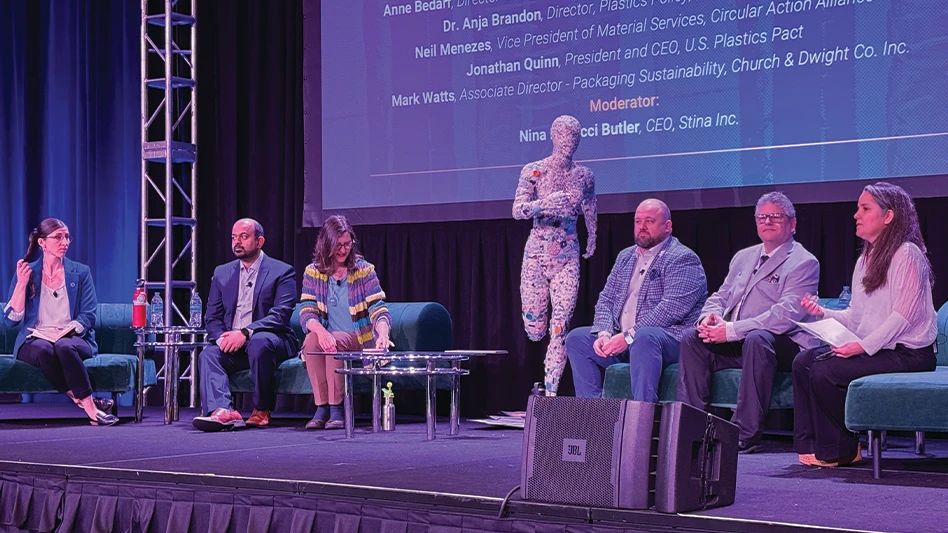
Photo by Chris Voloschuk
In recent years, numerous brands have voluntarily set sustainability goals for their packaging with 2025 deadlines. Those goals include a range of targets, such as making their packaging more widely recyclable or using an increasing amount of recycled plastic in their products.
However, as the year moves closer to its midway point, many brands have not met their 2025 goals. A panel at the Plastics Recycling Conference in National Harbor, Maryland, recently addressed the topic, focusing on what obstacles exist for brands and the need to continue making progress regardless of deadline.
RELATED: Plastics Recycling Conference 2025: The push for more supply | Plastics Recycling Conference 2025: APR announces Recycling Leadership Award winners
In Anja Brandon’s view, 2025 was never a finish line for such goals, but more of a milestone along the way that was missed in some cases. The chief objective of the Ocean Conservancy, the organization for which Brandon serves as the director of plastics policy, is to end plastic pollution.
“I think [ending plastics pollution] is a large motivating factor for a lot of us here,” she said. “I think ending plastic pollution is both good for the environment, good for our planet, good for our animals and wildlife that depend on it. But, also, we’re doing our job; we’re getting material back into the system for reuse, whether it’s reused directly or through more recycling. I think we need to hold true to what our North Star is.”
Neil Menezes, vice president of material services for the Washington-based Circular Action Alliance (CAA), which is serving as a producer responsibility organization (PRO) for several states that have passed extended producer responsibility (EPR) legislation, agreed, saying that brands hitting packaging targets is going to be “more of a marathon, not a sprint.”
A need for accountability
Brandon suggested that one reason brands haven’t met some of their goals is because of economics.
“At the end of the day, there’s a price to changing the status quo,” she said. “And we can’t kid ourselves that there is also a deep price for inaction. Every year we do not set more ambitious goals and actually achieve them, 11 million metric tons of plastic end up in our oceans. So, since we set these goals back in 2020, that’s over 110 billion pounds of plastics that have entered our oceans. It gets more expensive every year to change, and there’s more virgin buildout on fossil fuel plastics. Every year we fail to make progress, it’s going to get harder.”
Jonathan Quinn, president and CEO of the Walpole, New Hampshire-based U.S. Plastics Pact, pointed out that brands shouldn’t be shamed into saying they haven’t done enough, as there are a number of brands that have made significant progress toward their plastics goals. He acknowledged, though, that brands have not been perfect in achieving progress.
“When we talk about brands not making the goals, I think it’s all about transparency,” Quinn said. “That’s really what the Pact’s about, is creating that transparency and clearly showing where you need to create progress and what you need to get to. … We need to be transparent with consumers about why we haven’t met goals.
“Collectively, as an industry, we’ve done a tremendous job of telling each other how great we are and how great of an impact we’re having, but we’ve done a horrible job of communicating the challenges and the hurdles and the progress we’re making to consumers so they begin to understand the value of the material they’re buying, so they want to recycle it and keep it in the economy.”
Another roadblock to accountability for brands or individual packaging producers, according to Menezes, is the struggle with economies of scale, “where they don’t have everyone in a marketplace” on a similar path.
Menezes said that in EPR states, in particular, there is a legal requirement for producers to sign up with a PRO, such as CAA, if they sell packaging and products into those states.
“Because we’re collecting money from producers and funding waste management companies and end markets, we can set some sort of criteria for what data we need back, or what the verification is for whether material has been collected, sorted and [routed] to a responsible end market. It allows us to build on that accountability piece, because now we’ll get a better sense of how materials are flowing, and then we can make more strategic investments at a larger scale to actually improve the system.”
Obstacles to innovation
Discussion moderator Nina Bellucci Butler, also the CEO of Sonoma, California-based Stina Inc., posed the question of what barriers currently exist for brands to reach their plastic-related targets, such as recyclability, recycled resin use and the elimination of plastics deemed problematic.
Anne Bedarf, director of global packaging and plastics sustainability at New York-based Colgate-Palmolive, said the company first takes a look at what is in its direct influence, then looks at how it can collaborate with others, such as CAA or the Plastics Pact, in a “very fragmented” landscape.
“Often, we don’t know what to do,” Bedarf said. “What is the right path, because there is conflicting information, conflicting pathways. We start with what we can directly control.”
In 2022, the brand launched recyclable toothpaste tubes made from high-density polyethylene (HDPE) which were considered the first tubes to be recognized as recyclable by external recycling authorities. However, as the company made its packaging breakthrough, there was still confusion around its recyclability.
“What we found is iterative questions, moving goal posts around what is [recyclable], even just with that one format,” she said. “What else do not only we need to do, but as a group of brands that make tubes in that particular format ecosystem. There is such a fragmented space with how recyclability is defined, so there’s been these sorts of one step forward, two steps back iterative conversations. … We would like to see a lot more alignment among the organizations that assess recyclability and the tools that are put forth to help brands navigate that. Otherwise, things are going to landfill and nobody wants that.”
Mark Watts, associate director of packaging sustainability at Ewing, New Jersey-based Church & Dwight Co. Inc., which owns the Arm & Hammer brand, said brands are looking at a “game that is continually changing” when it comes to setting packaging goals. He pointed out that when a lot of brands set their 2025 goals, it was before EPR legislation started to gain steam.
“Now, we’re looking at legislation that is driving the change to go higher in terms of things like PCR [postconsumer resin],” he said, adding that it “creates more of a gap because we’re getting targets we have to deliver against in a system that isn’t delivering enough material into it.
“It’s a supply and demand thing. It’s a vicious spiral, because the higher we have to go with PCR to meet those mandates by certain dates when the infrastructure’s not keeping up with it, we’ll have to pay more for what little material is available that fits the portfolio. As a brand owner, we’re caught between a rock and a hard place because we’re required by law [in some places] to go higher and it’s costing us more, rather than the infrastructure developing and maturing to the same level that the virgin plastic infrastructure has. … We feel the pain of it.”
Driving innovation
With the cost of landfilling materials in the U.S. being less expensive than recycling it, the panel looked into ways to create economic instruments that could unlock innovation in recycled-content usage.
Menezes used California as an example. The state has strict environmental regulations and sweeping EPR legislation on the books, but has no end markets, he said, adding that scrap generated in the state cannot be recycled there and is shipped elsewhere.
“This is where we have to be realistic in terms of what we can and can’t do domestically,” he said. “What are we willing to trade off? Even if materials are considered widely recyclable, they’re still not getting recycled in the state itself. … Do we consider shifting or lowering [recycling targets] to say what is practical so we can actually have a domestic supply of this material, or do we want to maintain that [high] standard, and the material just flows away.”
Bedarf said one reason her company joined organizations such as the Ellen MacArthur Foundation and the Plastics Pact was to help drive scale in terms of purchasing PCR and creating circularity.
“I think there’s been a lot of progress in guiding brands and companies on how to access that material,” she said. “t’s up and down, but I think there’s movement toward making PCR more affordable. But again, the fragmentation [in recyclability standards] among the states is a challenge.”
Staying the course
Bellucci Butler noted that brands have to strike a balance between reaching their targets but also protect the brand itself.
“First of all, we adopt an approach of designing for sustainability,” Watts said. “So, anything we’re putting out goes through a checklist that says what are the bad players and takes them out of the equation. We should be putting stuff out onto the market that is designed for recycling and designed for recovery. It’s not always possible. You can’t necessarily have a 7-ounce lipstick [container], it’s just not the right format for the product. Maybe some thought also needs to go into how you recover these small-format things going forward.
“It’s not just about the brand being a good sponsor or advocate for doing the right thing. We can help drive momentum in the right direction to being a more sustainable and responsible brand owner. We’re still going to have to wait for [recycling] infrastructure to catch up.”
Quinn said there was a tremendous cost to silence and now is not the time to take steps backward when it comes to recyclability goals.
“It’s time to lean in,” he said. “This is a time to continue to push forward toward these commitments, to acknowledge and say these goals we’ve set are aspirational, and that’s very true. They are, and they’ll continue to be. But if they’re not aspirational, it’s not going to create progress. And those companies that use the political climate of today as an excuse to retreat or step back, those are the companies that are going to be held accountable by consumers. Consumers are going to see those that just wanted the sustainability t-shirt versus the actual sustainable action.
“Whether we like it or not, sustainability isn’t a partisan issue. It’s not something that’s just going to go away. Those that use this particular time as an excuse are going to be held accountable, and this is why we have to continue to maintain commitments toward these targets and goals collaboratively.”
Latest from Recycling Today
- Enfinite forms Hazardous & Specialty Waste Management Council
- Combined DRS, EPR legislation introduced in Rhode Island
- Eureka Recycling starts up newly upgraded MRF
- Reconomy Close the Gap campaign highlights need for circularity
- Nickel carbonate added to Aqua Metals’ portfolio
- EuRIC, FEAD say End-Of-Life Vehicle Regulation presents opportunity for recyclers
- Recyclers likely to feel effects of US-China trade war
- BCMRC 2025 session preview: Navigating battery recycling legislation and regulations

